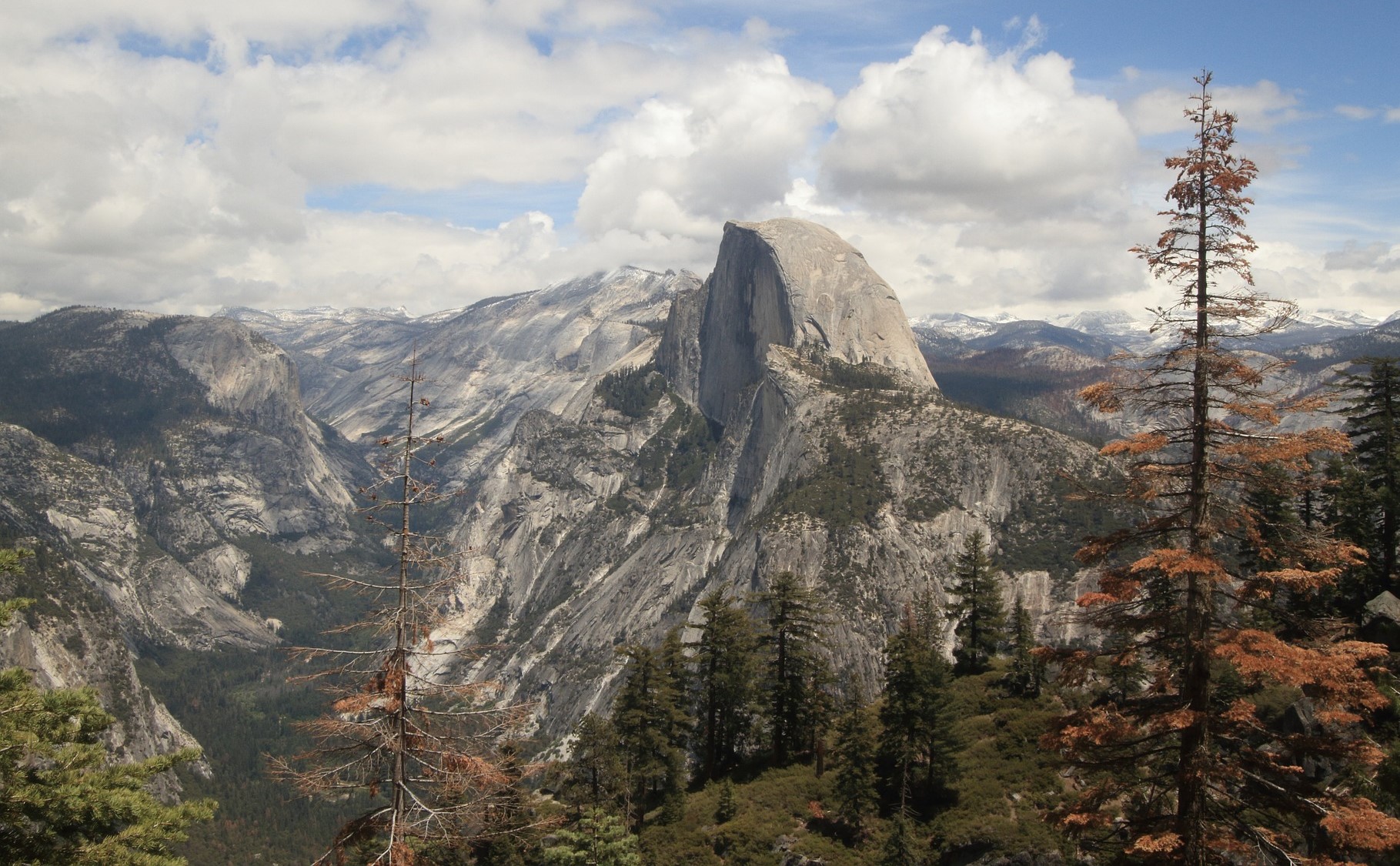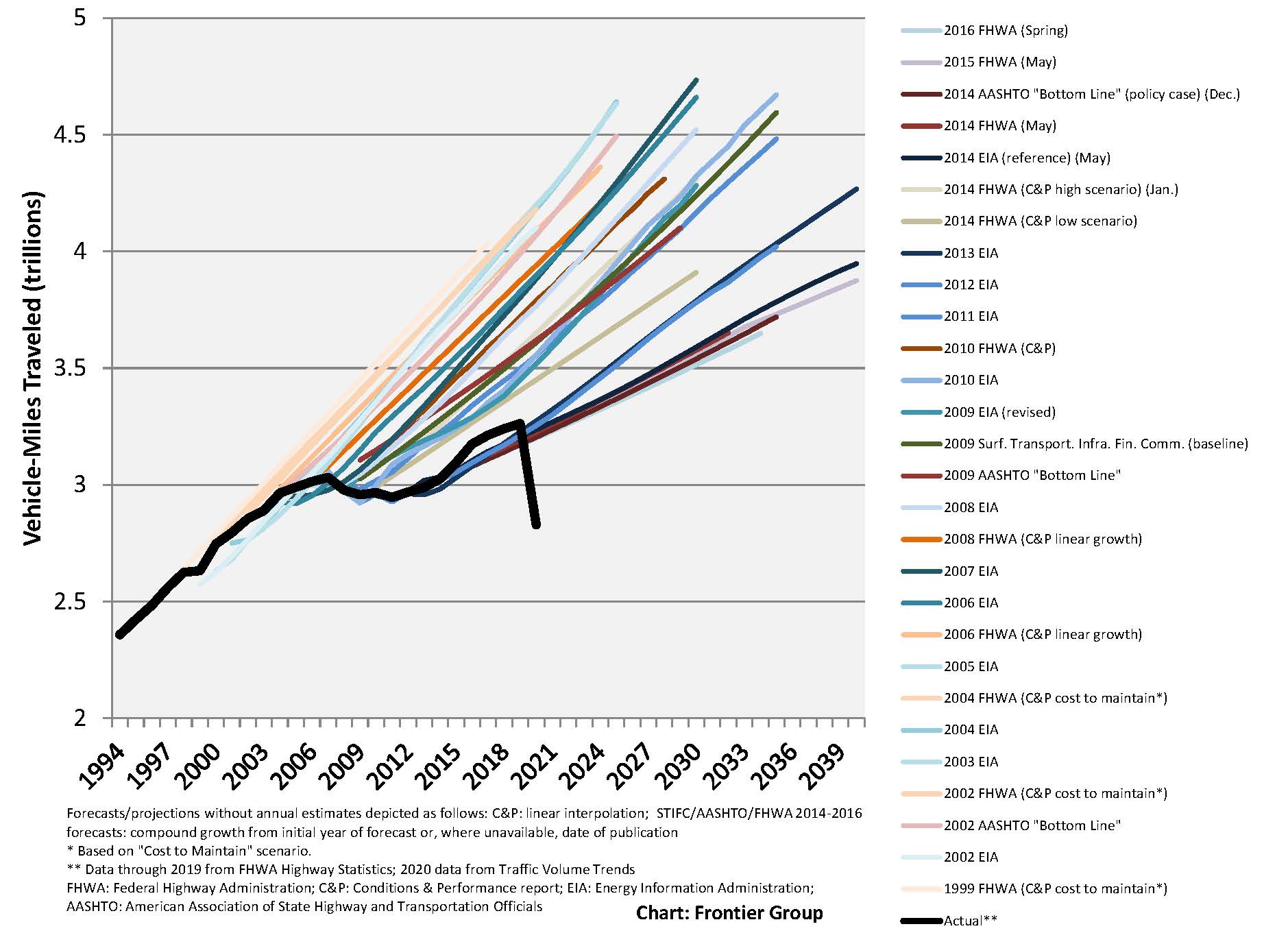
Finding common ground in an age of division: how conservation bridges the partisan divide
In today’s deeply polarized political landscape it’s hard to find issues that Americans agree on. But a bipartisan recognition of the importance of protecting our open spaces provides reason for optimism.

2020 has been a difficult year, but despite all the pain and uncertainty, there are still signs of hope for a brighter future. This week, Frontier Group analysts share stories of the societal changes, technologies and movements that inspire us.
The United States is limping into the 2020 election a divided nation. With the tribalization of partisan loyalties and an ever-expanding galaxy of political factions hunkered down in their respective echo-chambers, it sometimes seems hard to find an issue that unites even members of the same party these days, let alone one that garners the bipartisan support necessary to make the kind of legislative strides needed to fix the multitude of problems facing this country.
But even in this deeply polarized age, when the quest for common ground seems like a relic of the past and the idea of seeking solutions through compromise with political opponents is increasingly taboo, there are still some things that Americans agree on – and two major pieces of legislation passed in the last four years provide reason to be optimistic about the prospect of progress on at least one of them.
The first came in early 2019 with the passage of the John D. Dingell, Jr. Conservation, Management, and Recreation Act. Thrashed out by a diverse coalition of groups from all corners of the political landscape, this milestone law combined more than 100 public lands bills to designate a total of almost one and a half million acres of land across the country as protected wilderness. The act passed with large majorities in both the House and the Senate.
And then this summer, the passage of the Great American Outdoors Act realized a longstanding ambition of the conservation movement, guaranteeing full and permanent funding for the Land and Water Conservation Fund and providing billions of dollars to address the mounting backlog of unmet maintenance needs at national parks across the country. With the passage of this bipartisan bill, resounding majorities in both the Senate and the House brought into being one of the most significant pieces of conservation legislation in more than half a century.
A belief in the importance of protecting our open spaces is something that unites Americans of all political stripes. A survey in 2012 found that almost nine out of 10 Americans believe it is “quite important” or “extremely important” that the federal government protect and maintain natural lands. More than 80 percent believe that doing so is “patriotic”, and seven out of 10 said they would describe themselves as “conservationists.” A 2019 poll surveying voters in the western states found that more than two-thirds – a majority of both Republicans and Democrats – believe that conservation on public lands should be a government priority.
This bipartisan common ground is the soil in which every major legislative milestone in the history of the U.S. conservation movement has been rooted. The centerpiece of America’s conservation policy, the Wilderness Act of 1964, was itself the product of a solidly bipartisan effort spanning almost a decade. Its first sponsors in the Senate were six Democrats and four Republicans, and after numerous rounds of revisions the final bill passed both the Senate and the House by huge majorities. The act created the National Wilderness Preservation System and protected more than 9 million acres of wild land across the country.
Over the decades since, that acreage has grown to more than 100 million, often thanks to bipartisan grassroots campaigns – as was the case, for example, in 1972 when President Nixon signed legislation designating the Scapegoat Wilderness in Montana in response to a campaign led by Republican Rep. Jim Battin and Democrats Sen. Lee Metcalf and Mike Mansfield. The Eastern Wilderness Areas Act three years later, which protected thousands of acres in the East, South and Midwest, emerged as a compromise between a bipartisan bill introduced by Republican Senator George Aiken and Democratic Senator Herman Talmadge and legislation sponsored by Republican Senator James L. Buckley and Democratic Senator Henry Jackson. The Alaska National Interest Lands Conservation Act of 1980, which designated 50 million acres of protected wilderness in Alaska, originated in proposals formulated by a Republican administration and pushed through Congress by a Democratic one, with strong support on both sides of the aisle.
This bipartisanship has persisted in the decades since these early achievements. The 1980s and 1990s saw a swathe of wilderness designations by presidents of both parties – from Ronald Reagan, who signed into law 38 bills that added nearly 11 million acres of land to the National Wilderness Preservation System, to Bill Clinton, under whose presidency the California Desert Protection Act designated more than 7 million acres of protected desert wilderness in southern California and the Roadless Area Conservation Rule banned road construction and timber harvesting in 58.5 million acres of national forest. Even the Bush administration in the early 2000s – which was generally sympathetic toward the energy industry’s designs on public lands – saw the passage of several widely-supported wilderness laws protecting half a million acres in Nevada, California, Colorado and South Dakota.
Stewardship of the natural world is not a partisan issue. It affects all of us. America’s wild lands provide crucial wildlife habitats and havens for vulnerable species. Our forests provide clean air and take vast quantities of carbon out of our atmosphere. Our rivers and watersheds provide clean water for us to drink, and our mountain wildernesses give us space to recharge and recuperate from the stresses of our rapidly urbanizing world. As Edward Abbey once said, wilderness is not a luxury – it’s a necessity. And the American people know that.
Translating this public sentiment into concrete action, however, can only happen as a result of steady, bipartisan commitment at the highest levels, as well as institutional support, strong leadership, and – yes – compromise. Invariably, when these kinds of laws are passed, the final product requires concessions from all concerned. Its architects will each have their own set of motivations, they won’t necessarily agree on everything, and often, in the end, nobody will get everything they want. But the important thing is that they agree on enough – and when it comes to the conservation of America’s wild lands, even against the backdrop of the most anti-public-lands administration in history there is enough common ground to bring into being laws that ultimately benefit everybody. Compromise may be a dirty word in today’s highly polarized political atmosphere – but it works. When it comes to public lands, it’s the only thing that ever has.
Image via Pixabay
Topics
Authors
James Horrox
Policy Analyst, Frontier Group
James Horrox is a policy analyst at Frontier Group, based in Los Angeles. He holds a BA and PhD in politics and has taught at Manchester University, the University of Salford and the Open University in his native UK. He has worked as a freelance academic editor for more than a decade, and before joining Frontier Group in 2019 he spent two years as a prospect researcher in the Public Interest Network's LA office. His writing has been published in various media outlets, books, journals and reference works.
Find Out More

Frontier Group at 25: A clean energy future

Frontier Group at 25: Defending consumers in the financial marketplace

Frontier Group at 25: Transportation for a new generation

